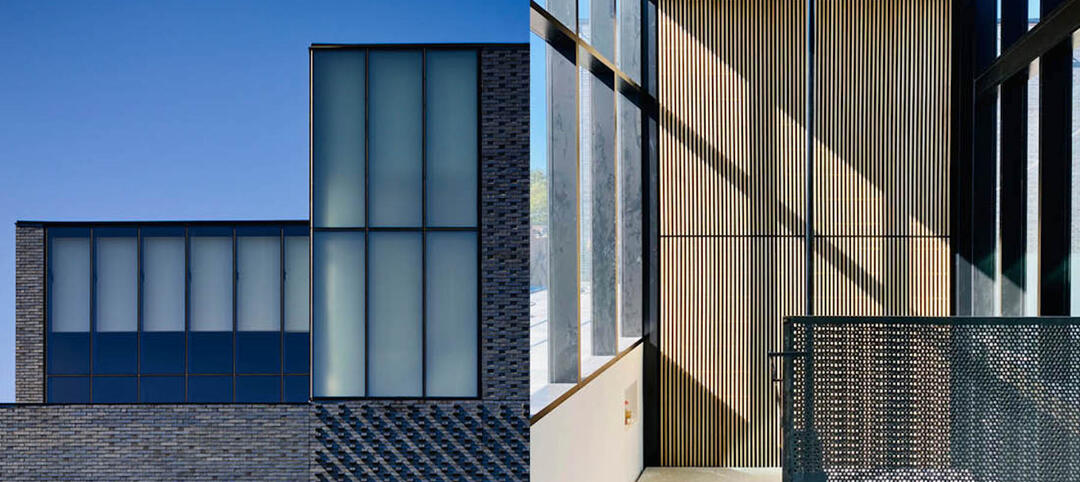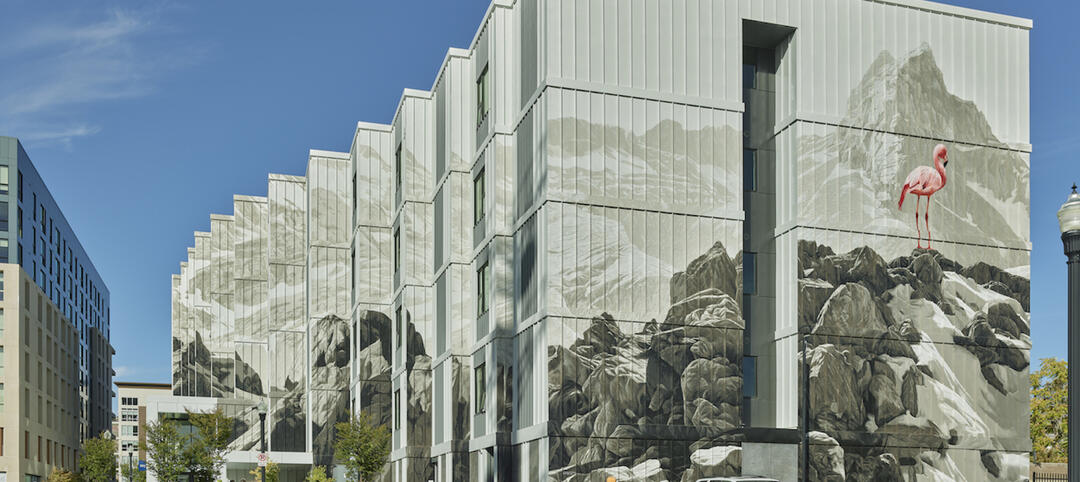Riding a stretch of increasing levels of demand for thirteen out of the last fifteen months, the Architecture Billings Index (ABI) dropped in April for the second month this year.
The American Institute of Architects (AIA) reported the April ABI score was 48.8, down sharply from a mark of 51.7 in March. This score reflects a decrease in design services (any score above 50 indicates an increase in billings). The new projects inquiry index was 60.1, up from a reading of 58.2 the previous month.
As a leading economic indicator of construction activity, the ABI reflects the approximate nine to twelve month lead time between architecture billings and construction spending.
“The fundamentals in the design and construction industry remain very healthy,” said AIA Chief Economist Kermit Baker, Hon. AIA, PhD. “The fact that both inquires for new projects and new design contracts continued to accelerate at a healthy pace in April points to strong underlying demand for design activity. However, April would typically be a month where these projects would be in full swing, but a severe winter in many parts of the Northeast and Midwest has apparently delayed progress on projects.”
Key April ABI highlights:
- Regional averages: South (55.8), West (52.9) Midwest (49.9), Northeast (43.2)
- Sector index breakdown: institutional (51.8), mixed practice (51.8), multi-family residential (49.0), commercial / industrial (48.9)
- Project inquiries index: 60.1
- Design contracts index: 53.1
The regional and sector categories are calculated as a 3-month moving average, whereas the national index, design contracts and inquiries are monthly numbers.
About the AIA Architecture Billings Index
The Architecture Billings Index (ABI), produced by the AIA Economics & Market Research Group, is a leading economic indicator that provides an approximately nine to twelve month glimpse into the future of nonresidential construction spending activity. The diffusion indexes contained in the full report are derived from a monthly “Work-on-the-Boards” survey that is sent to a panel of AIA member-owned firms. Participants are asked whether their billings increased, decreased, or stayed the same in the month that just ended as compared to the prior month, and the results are then compiled into the ABI. More information on the ABI and the analysis of its relationship to construction activity can be found in the recently released White Paper, Designing the Construction Future: Reviewing the Performance and Extending the Applications of the AIA’s Architecture Billings Index on the AIA web site.
Related Stories
| Sep 7, 2022
K-8 school will help students learn by conducting expeditions in their own communities
In August, SHP, an architecture, design, and engineering firm, broke ground on the new Peck Expeditionary Learning School in Greensboro, N.C. Guilford County Schools, one of the country’s 50 largest school districts, tapped SHP based on its track record of educational design.
| Sep 6, 2022
Herbert V. Kohler, Jr. (1939-2022) An incomparable spirit
Dynamic leader and Kohler Co. Executive Chairman Herbert Vollrath Kohler, Jr. passed away on September 3, 2022, in Kohler, Wisconsin.
| Sep 6, 2022
Demand for flexible workspace reaches all-time high
Demand for flexible workspace including coworking options has never been higher, according to a survey from Yardi Kube, a space management software provider that is part of Yardi Systems.
| Sep 2, 2022
Converting office buildings to apartments is cheaper, greener than building new
Converting office buildings to apartments is cheaper and greener than tearing down old office properties and building new residential buildings.
| Sep 2, 2022
New UMass Medical School building enables expanded medical class sizes, research labs
A new nine-story, 350,000 sf biomedical research and education facility under construction at the University of Massachusetts Chan Medical School in Worcester, Mass., will accommodate larger class sizes and extensive lab space.
Architects | Sep 1, 2022
BNIM promotes Jeremy Knoll to Director of Sustainability and Regenerative Design
BNIM'S Jeremy Knoll promoted to Director of Sustainability and Regenerative Design.
Giants 400 | Sep 1, 2022
Top 160 K-12 School Architecture + AE Firms for 2022
PBK, DLR Group, Huckabee, and Stantec head the ranking of the nation's largest K-12 school sector architecture and architecture/engineering (AE) firms for 2022, as reported in Building Design+Construction's 2022 Giants 400 Report.
| Sep 1, 2022
ABC: Nonresidential Construction Spending Increases by a Modest 0.8% in July
National nonresidential construction spending increased 0.8% in July, according to an Associated Builders and Contractors analysis of data published today by the U.S. Census Bureau.
| Sep 1, 2022
The University of Iowa opens the new Stanley Museum of Art, a public museum for both discovering and teaching art
The University of Iowa recently completed its new Stanley Museum of Art, a public teaching museum designed by BNIM.
| Aug 31, 2022
A mixed-use development in Salt Lake City provides 126 micro units with mountain views
In Salt Lake City, a new 130,000-square-foot development called Mya and The Shop SLC, designed by EskewDumezRipple, combines housing with coworking space, retail, and amenities, as well as a landscaped exterior for both residents and the public.

















